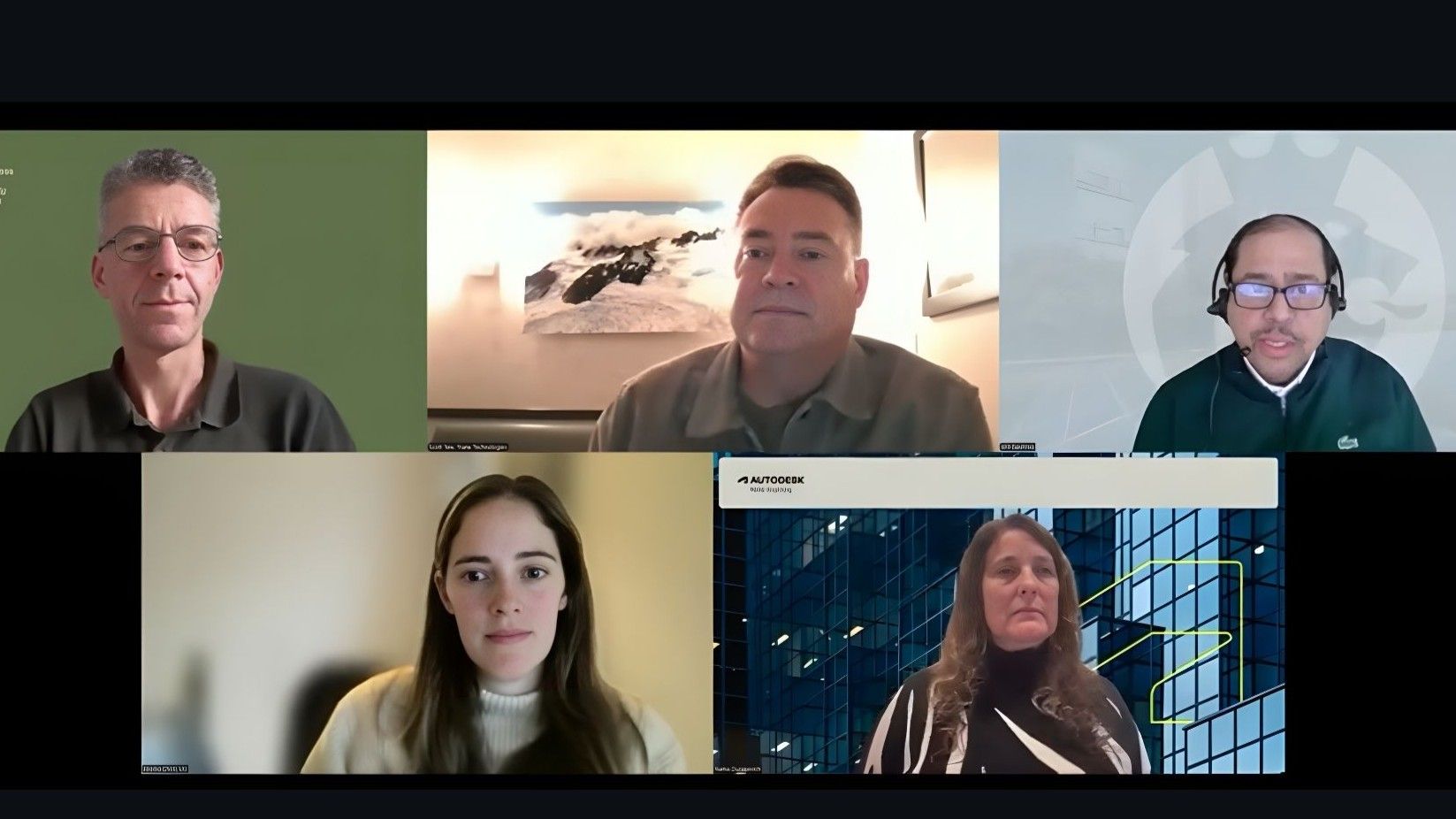Driving the Ambition Loop for a
Net-Zero Built Environment

photo – 1
With the 2025 United Nations Climate Change Conference (COP30) one week away, the COP30 Buildings and Cooling Pavilion partners convened the final session of the 2025 webinar series on 3 November to take stock of progress on the Market Transformation Action Agenda (MTAA) and explore how business, finance and practitioners can drive a net-zero built environment. Co-organized with the World Business Council for Sustainable Development (WBCSD), the webinar “Driving the Ambition Loop: Key Levers for a Net-Zero Built Environment” brought together leaders from across the value chain to reflect on where the sector stands and what must happen next.
Opening the session, Roland Hunziker, Director for Built Environment at WBCSD, reminded participants why the MTAA was created: “We launched the MTAA because no single actor can decarbonize a sector that accounts for nearly 40 per cent of global emissions,” he noted. “It gives us a shared language and a shared direction.” Hunziker also stressed that the agenda can only succeed through radical collaboration along the three levers of whole-life carbon, integrating carbon alongside cost, and transforming supply and demand.
Presenting the findings of the newly launched Guide to Alignment in the Built Environment report, Will Wild, Associate at Arup, and Stephen Hill, Associate Director and Net Zero Carbon Skills Lead at Arup, framed COP30 as a turning point from negotiation to implementation. With the Paris “rulebook” now largely agreed, Wild argued that success at Belém will be judged less by new promises and more by implementation. “The rules of the game are written,” he noted. “Our task now is to show evidence that the transition works in the real economy.” Hill then unpacked how the MTAA’s 11 interventions are helping align industry around whole-life carbon, standards and finance, describing it as “a co-created transformative action agenda guiding the path towards halving emissions by 2030 and reaching net-zero by 2050.” He highlighted strong momentum in areas like common metrics and green finance, while calling for expanded focus on emerging markets, better data and skills, and a review of the MTAA ahead of the 2027 Buildings and Climate Global Forum.
The panel discussion that followed showcased how different parts of the value chain are using the MTAA to drive change. Scott Tew, Vice President at Trane Technologies, underlined that proven solutions already exist to decarbonize both new and existing buildings, from heat pumps to digital performance management. “Seventy-five percent of the buildings standing today will still be here in 2050,” he said. “We don’t have to wait for future breakthroughs. We can retrofit and electrify them now using solutions that are on the market.” Tew also highlighted the role of data and digital tools, including AI, in proving performance and unlocking finance, and pointed to initiatives like SteelZero as evidence that supply chains are beginning to decarbonize.
Rama Dunayevich, Head of Global Impact Partnerships at Autodesk, reflected on the role of collaboration platforms like the MTAA and the Buildings Breakthrough in turning concepts into action. She argued that global forums, such as COP30 and the Intergovernmental Council for Buildings and Climate (ICBC), must hold both governments and industry to clear timelines. “Market transformation turns one-off pilots into system change,” she said. “Collaboration should be our first instinct, not a last resort.” The WBCSD, Autodesk and six architecture and engineering firms collaborated to publish new guidance on setting up Building Information Modelling (BIM) models for embodied carbon measurement, she added, the recently published Report is designed as an open resource for the broader industry.
Anil Sawhney, Head of Sustainability at the Royal Institution of Chartered Surveyors (RICS), stressed the role of professionals as the bridge between market and policy transformation. “Our members sit right where regulations meet real projects,” he noted. “If you imagine a line between policy and markets, surveyors are the circle in the middle making decarbonization happen on the ground.” He announced plans for a new global Coalition on Life-cycle Emissions Alignment and Reporting (CLEAR), developed with the European Union and the International Code Council to help harmonize standards, particularly for the Global South.
From the investor and real-estate perspective, Sophie Chick, who leads Environmental, Social and Governance (ESG) programmes at the Urban Land Institute Europe, highlighted the growing importance of transition risk in property valuation. The work they are doing aims to “shift the industry’s mindset from seeing decarbonisation as an upfront cost to framing net-zero efforts as a commercial opportunity to preserve asset value in the long term”. She presented ULI’s Preserve Tool as an example of how industry can converge on common metrics that speak the language of investors.
Bringing the conversation back to COP30, the panellists shared what they hope to see in Belém. Tew underlined that “policy commitments are still the engine that drives change in buildings,” calling for stronger and more consistent building codes. Sawhney said he would be watching closely how governments respond to the emerging Intergovernmental Council for Buildings and Climate, while Dunayevich stressed that global moments like COP must be “checkpoints for real delivery, not just new declarations.”
In his closing remarks, Global Alliance for Buildings and Construction (GlobalABC) Project Management Officer Jonathan Duwyn from UNEP and GlobalABC reflected on how the MTAA stocktake will inform the Buildings and Cooling Pavilion programme in the Blue Zone. He noted that “COP30 is being billed as a delivery COP, and this report is one way the buildings community can show that we are moving from promises to practice.”
Co-hosted by the UNEP-led GlobalABC and Cool Coalition, the COP30 Buildings and Cooling Pavilion will serve as a hub for implementation on buildings decarbonization and sustainable cooling. Throughout the two weeks of COP30, the Pavilion will host dozens of sessions–in-person and online–bringing together national and subnational governments, businesses, financiers and civil society to advance whole-life carbon strategies, passive and low-carbon cooling, and resilient, affordable housing.
.
